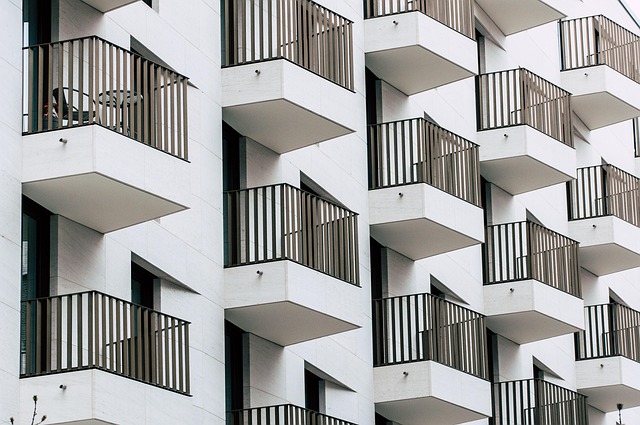Ephemeral Architecture: Building for the Moment
In an era of permanence and longevity, a new architectural movement is challenging our perceptions of structure and space. Ephemeral architecture, the art of creating temporary buildings and installations, is gaining momentum in the global design landscape. This innovative approach to construction blends artistry, sustainability, and functionality, offering a fresh perspective on how we interact with our built environment. From pop-up pavilions to transient event spaces, ephemeral architecture is redefining the boundaries of design and pushing the limits of creativity.

Modern Manifestations
Today’s ephemeral architecture takes many forms. Festivals like Burning Man showcase elaborate temporary structures that push the boundaries of design and engineering. In urban settings, pop-up retail spaces and art installations transform cityscapes overnight. Disaster relief efforts utilize quick-deploy shelters, demonstrating the practical applications of temporary structures in crisis situations.
Sustainability and Innovation
One of the most compelling aspects of ephemeral architecture is its potential for sustainability. These structures often incorporate eco-friendly materials and minimize long-term environmental impact. Designers experiment with biodegradable components, recycled materials, and modular systems that can be easily disassembled and repurposed. This approach not only reduces waste but also encourages innovative solutions to construction challenges.
The Psychology of Temporary Spaces
Ephemeral architecture challenges our relationship with the built environment. Temporary structures create a sense of urgency and excitement, encouraging people to engage with spaces in new ways. The fleeting nature of these installations can evoke powerful emotional responses, making experiences more memorable and impactful. This psychological dimension adds depth to the architectural experience, blurring the lines between art, design, and human interaction.
Challenges and Criticisms
Despite its growing popularity, ephemeral architecture faces skepticism and practical challenges. Critics argue that temporary structures lack the durability and legacy of traditional architecture. There are concerns about safety standards and the environmental impact of frequent construction and deconstruction. Additionally, the cost-effectiveness of short-lived buildings is often questioned, particularly for large-scale projects.
Future Trajectories
As technology advances, the possibilities for ephemeral architecture expand. 3D printing, smart materials, and augmented reality are opening new avenues for temporary design. Urban planners are exploring ways to incorporate flexible, adaptable spaces into city layouts. The fusion of digital and physical realms promises exciting developments in how we conceive and interact with temporary structures.
Conclusion
Ephemeral architecture represents a paradigm shift in how we think about the built environment. It challenges traditional notions of permanence and encourages a more dynamic, responsive approach to design. As our world becomes increasingly fluid and adaptable, these temporary structures offer valuable insights into the future of architecture and urban planning. Whether viewed as art, functionality, or a blend of both, ephemeral architecture is undoubtedly leaving a lasting impression on the landscape of contemporary design.




